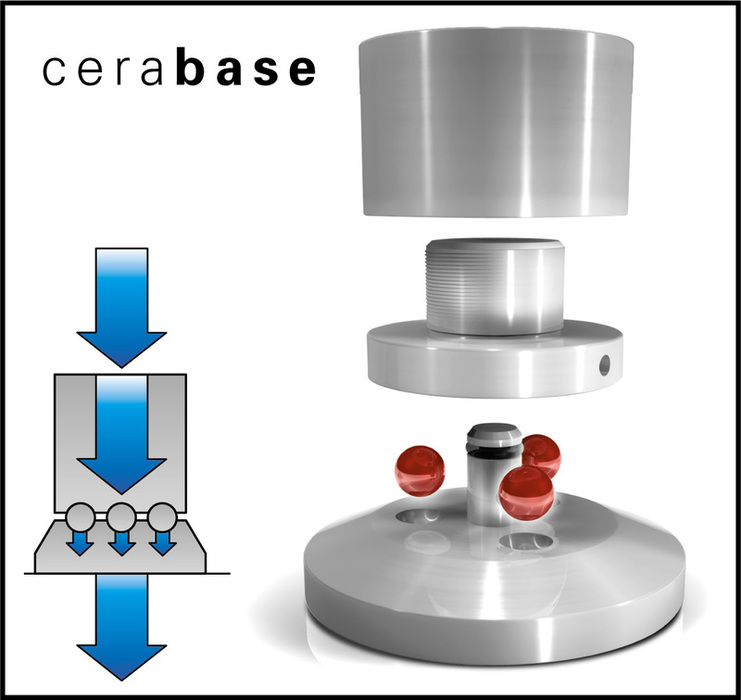I’ve used a lot of different vibration isolation devices over the years, probably since mid-seventies. That first device was a slab of synthetic marble from the Discwasher company, on which I placed my turntable. In the ensuing years I’ve used spikes, footers, granite, isolation platforms and many more. The one thing I can tell you for certain is that they all change the sound. What I can’t tell you is why what a hundred-pound amp sits on matters; but it does. So, I wasn’t wondering if the Finite Elemente Cerabase Classics would make a difference but what the difference would sound like. That will be my goal in this review, to tell you just that.
Design and Goals
According to the Aaudio Imports website, the Cera technology used in these Finite Elemente Cerabase Classic footers is based on direct coupling for effective transfer of sound-interfering resonance. The resonance transfer is provided by the use of extremely hard, high-tech ceramic balls, combined with precision machined stainless steel. One of the design goals of the footer was to optimize the damping without overdamping the sound.
Setup and Listening
I received four of the Finite Elemente Cerabase Classic footers. They came in a nice wood box, and they were very heavy for their size. They can be adjusted to level a turntable or speakers, but I used them under the Pass Labs XA30.8 amplifier. I put one directly behind the amp’s own front feet and two in the same location in the back.
Unlike most things, footers don’t need to break in – at least I don’t think anyone claims they do — but just a little settling in. So, I sat down to listen. It was easy to hear what effect they had on the sound. The differences were discernible and in certain areas it was surprising.
Evaluating things like these footers reminds me why we constantly try so many different things in our hobby. There was no doubt that from the very first LP that the Cerabase footers made a significant difference in focus. Voices locked in, and individual instruments were more easily heard. This increased focus was quite impressive.
The next thing I noticed was the bass. It had more slam, in fact quite a bit more slam. The bass was also quite a bit faster. It wasn’t only the bass that was faster, micro-dynamics picked up as well and stood out more than without the footers. The system sounded more detailed, and the imaging was more precise with the Cerabase footers.
Conclusion
I don’t pretend to understand why a lot of tweaks work, nor why some of the ones I have tried don’t. The sonic effect of the Finite Elemente Cerabase Classic footers is not difficult to hear. What I have described are the effects they had using them under the Pass Labs XA30.8 in my reference system. If you think your system could benefit from the difference I have described in this review, the Finite Elemente Cerabase Classic footers might be just what the doctor ordered for your system.
Copy editor: Laurence A. Borden
- (Page 1 of 1)




Stillpoints company makes similar products, which are metal with internal bearing balls. Both seem to work well and both are quite expensive for equipment feet. I’ve only used the Stillpoints so far, and they produce a clarity that other footers normally lack. The platform which everything sits on is a factor in the final sound.
I have also tried various forms of Isolation devices over 35 years, to many to mention, but my search ended when i auditioned my Esoteric K-01 on top of a Townshend Seismic Isolation Platform. The whole sound of my system improved across the board. I have since placed my speakers on Townshend Seismic Podiums and will state that the improvements was huge, biggest upgrade i have ever experienced regardless of cost. I highly recommend Max Townshend’s Seismic Isolation as first port of call, if budget permits.